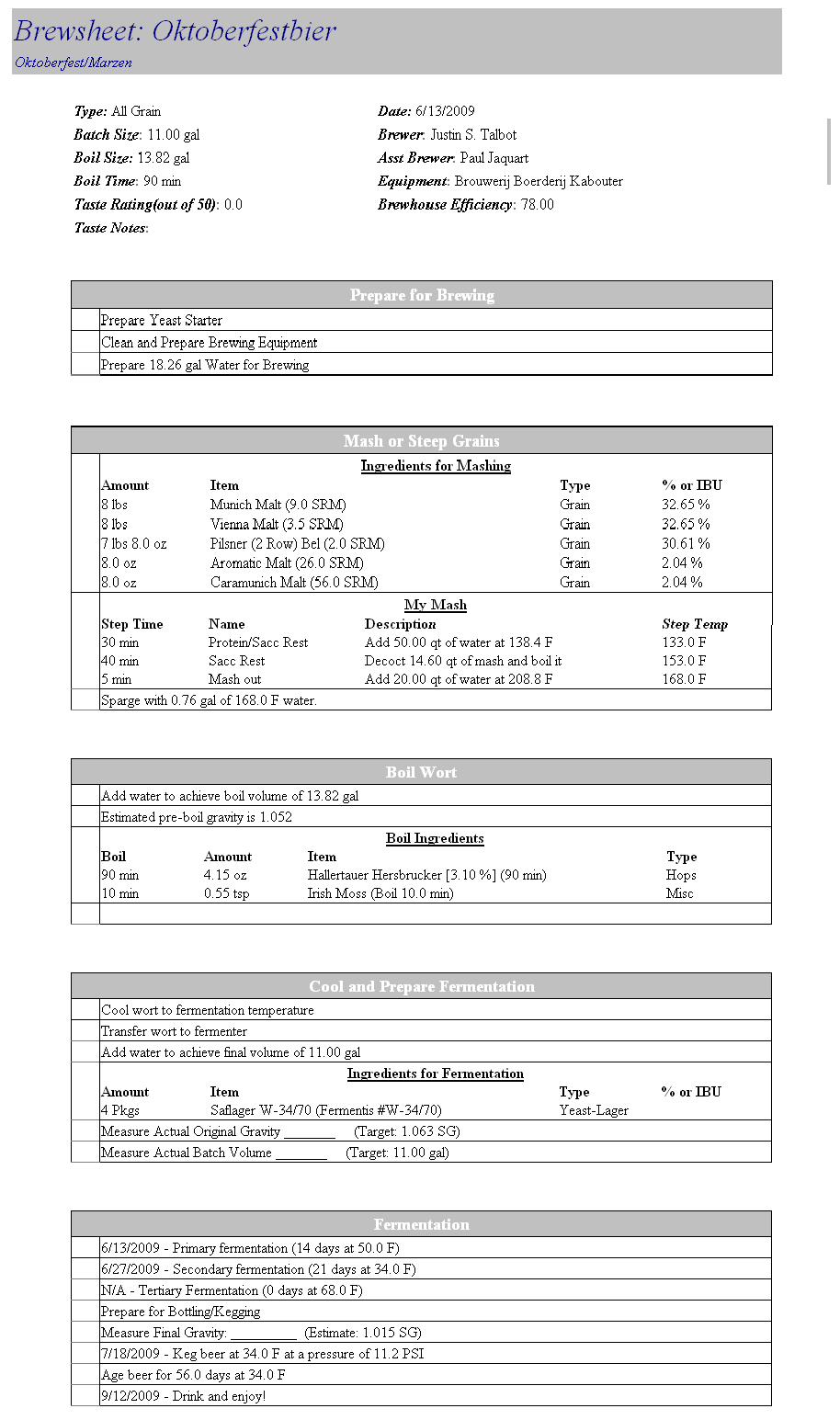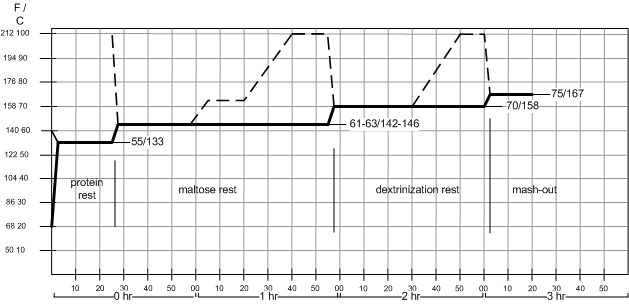Boerderij_Kabouter
Well-Known Member
Alright- tear me a new one and give me your opinions on this O-fest. There is surprisingly little on this site about actual Oktoberfest lagers on this site and I would like a good discussion.
October fest Octoberfest (for the benefit of those searching later)

Recipe Specifications
--------------------------
Batch Size: 11.00 gal
Boil Size: 13.82 gal
Estimated OG: 1.063 SG
Estimated Color: 9.2 SRM
Estimated IBU: 21.1 IBU
Brewhouse Efficiency: 78.00 %
Boil Time: 90 Minutes
October fest Octoberfest (for the benefit of those searching later)

Recipe Specifications
--------------------------
Batch Size: 11.00 gal
Boil Size: 13.82 gal
Estimated OG: 1.063 SG
Estimated Color: 9.2 SRM
Estimated IBU: 21.1 IBU
Brewhouse Efficiency: 78.00 %
Boil Time: 90 Minutes




 I promise I will get my reviews scanned and sent out soon. I have had the reviews done for over a month, just been to crazy to find an hour to scan them in.
I promise I will get my reviews scanned and sent out soon. I have had the reviews done for over a month, just been to crazy to find an hour to scan them in.


